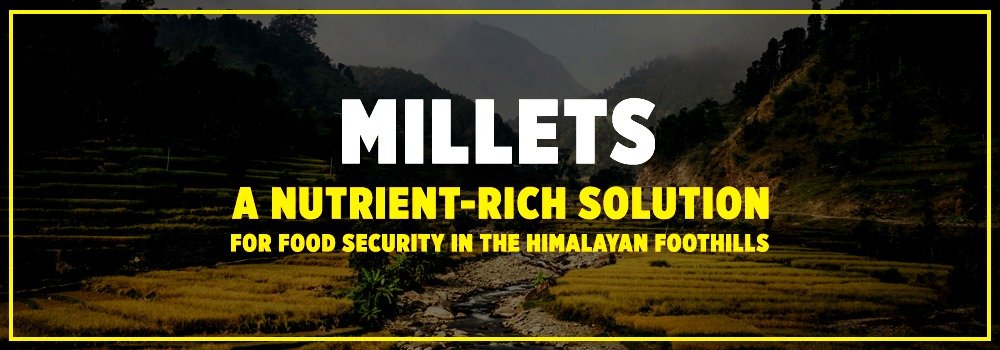
Researchers are spotlighting millet as a highly nutritious, climate-resilient crop that could help tackle food insecurity in the Himalayan foothills. More nutritious than rice and wheat, millet thrives in marginal conditions but its consumption is declining due to low awareness and changing diets.
A study in Scientific Reports examined how fertilizer use, cultivated land, and rural populations affect millet production in Nepal. While climate change has little impact on millet yields, awareness is low, and millet’s role in diets is shrinking.
With 820 million people facing chronic hunger globally, the study stresses the importance of increasing agricultural productivity and diversifying crops. Millets, which grow well in harsh conditions, offer food security and economic stability, especially in low-income, mountainous regions. They also contribute to sustainable agriculture in Asia and Africa.
To boost millet use, the authors recommend government subsidies, agricultural services, market linkages, consumer awareness campaigns, and more investment in research. They also note that access to regional markets is crucial for small farmers’ nutrition.
Millet is an essential part of Nepal’s cultural and culinary heritage, used in beverages like jand and rakshi, but its consumption has decreased due to urban migration and changing dietary habits. Despite its cultural importance, millet farming faces challenges like low productivity and a stigma of being "famine food."
India’s Prime Minister Modi has also championed millet, promoting it as part of India’s efforts to improve nutrition through initiatives like free food grains and the Saksham Anganwadi program.
The study highlights the need for more diverse diets. While crops like rice, wheat, and maize dominate global food production, millets—such as proso and foxtail millet—offer higher nutritional value and better adaptability, making them key for regions facing food shortages and climate challenges.
© 2023 - 2025 Millets News. All rights reserved.